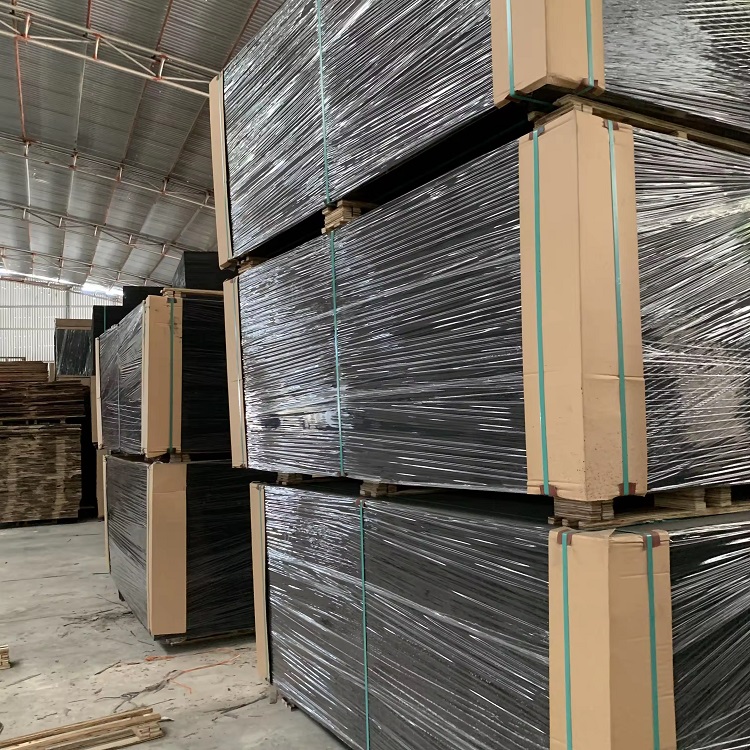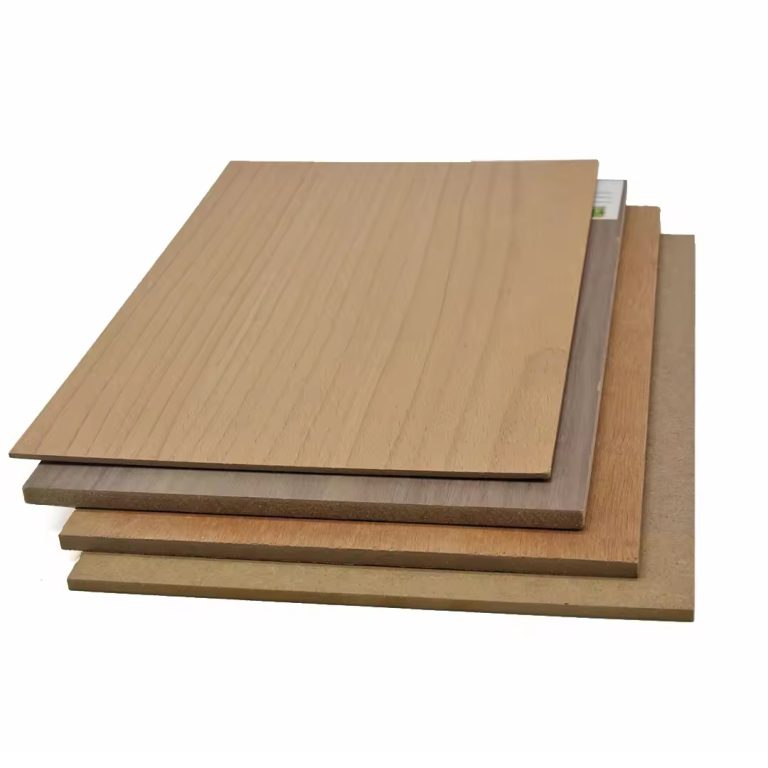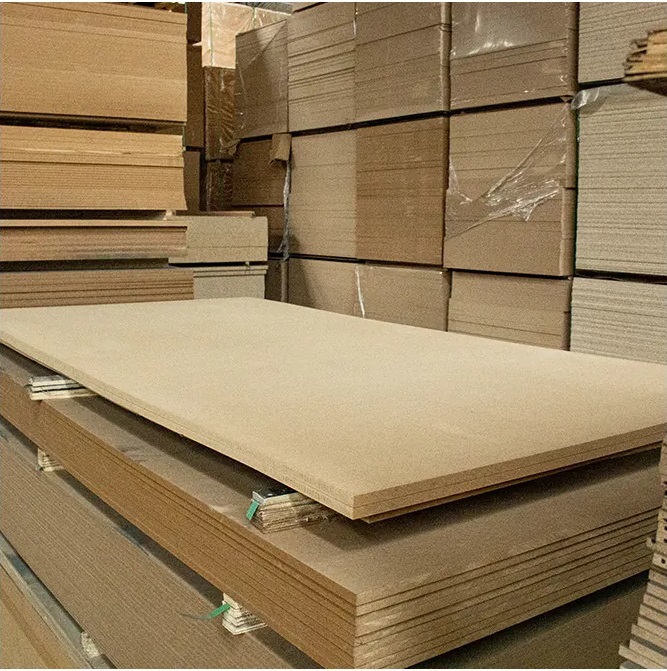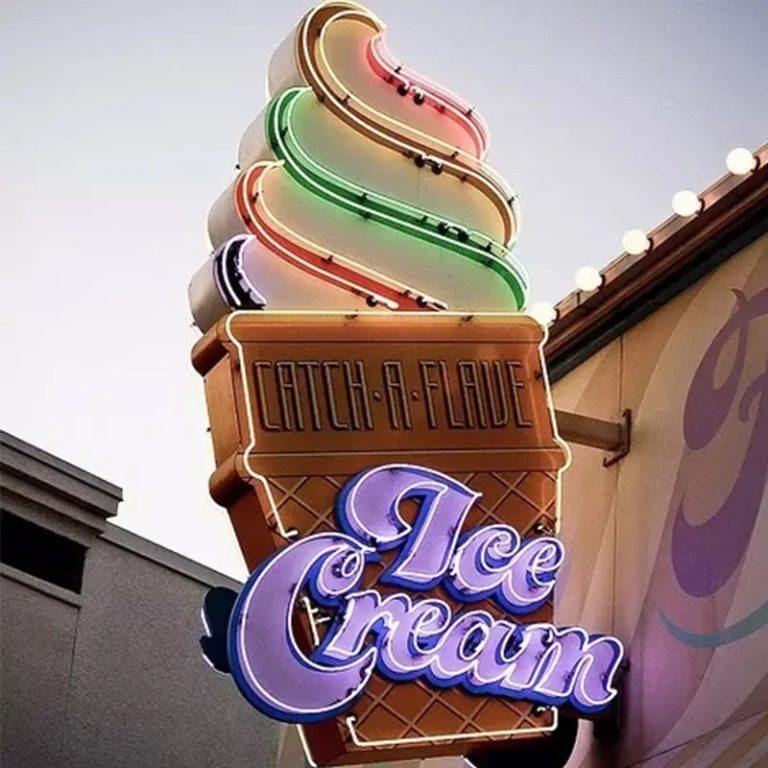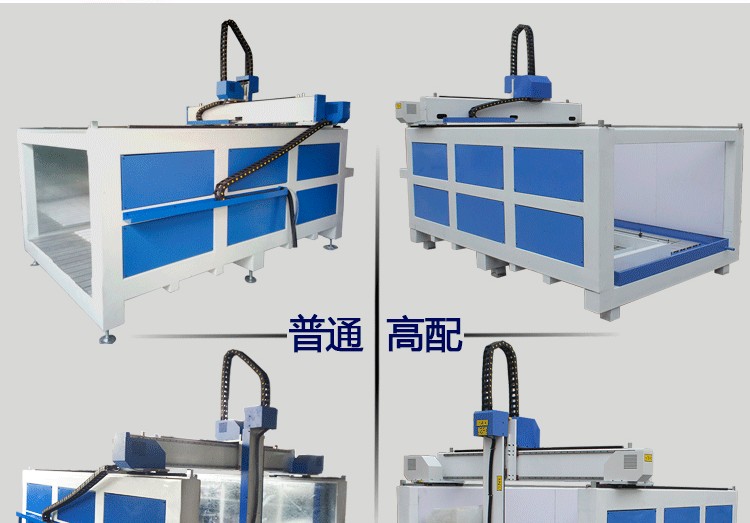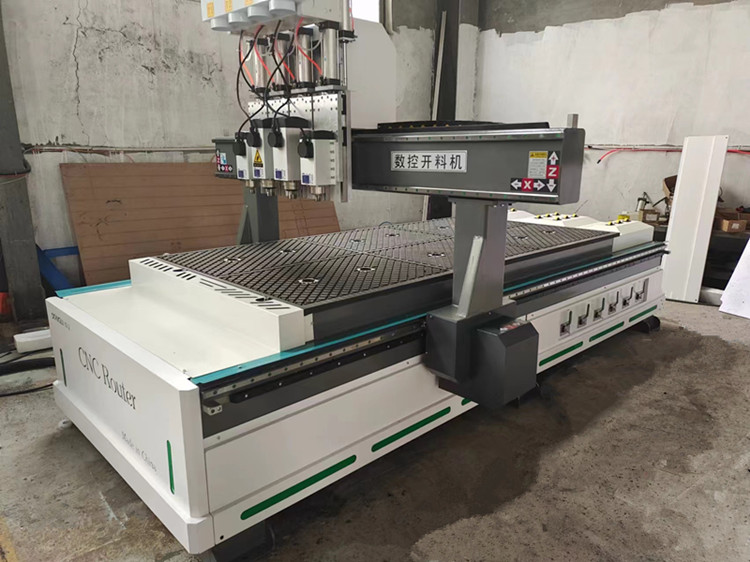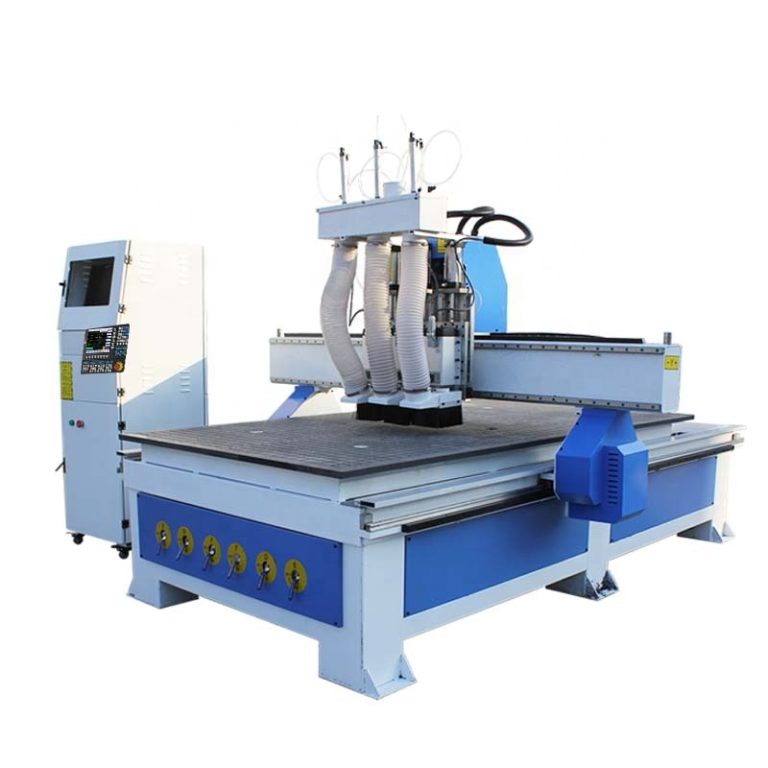The difference between plywood, density board and particle board
Plywood sheet, MDF panel, particle board are all man-made boards commonly used in our daily life.
1. Plywood Sheet
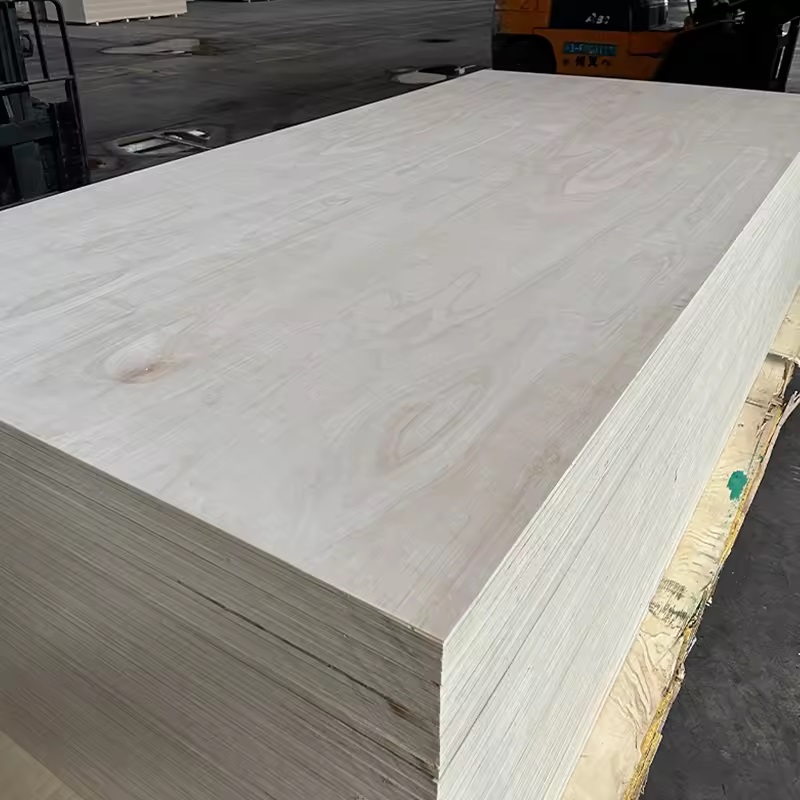
A big tree is cut into layers of 3mm-18mm thin boards, and the boards glued together with glue are plywood.
The number of layers is generally 3-13 odd layers, and it looks like a wafer biscuit from the side.
Because it is sandwiched and glued layer by layer, it is also called “plywood” and “multi-layer board”.
The so-called multi-layer solid wood board by merchants is actually plywood.
It is named according to the number of sandwiched layers, but this naming method is relatively rare, and the most common one is only three-ply board.
It is very common to name it according to thickness, and there are 5cm boards, 7cm boards, and 9cm boards.
Performance & Use
Moisture-proof and anti-deformation, and good load-bearing capacity. Easy to process, it has natural advantages in making special-shaped furniture with high design difficulty.
Suitable for cabinets, cabinet doors, back panels, and bottom panels of furniture.
Very suitable for water-prone spaces, especially humid areas in the south.
There is no good-looking wood grain on the surface of plywood.
If you want to make cabinet doors, it will not look good if you paint directly, and you need to add other decorations on the surface.
For example, use a solid wood sheet with a good texture and a thickness of about 2mm and stick it on the plywood.
2. MDF board
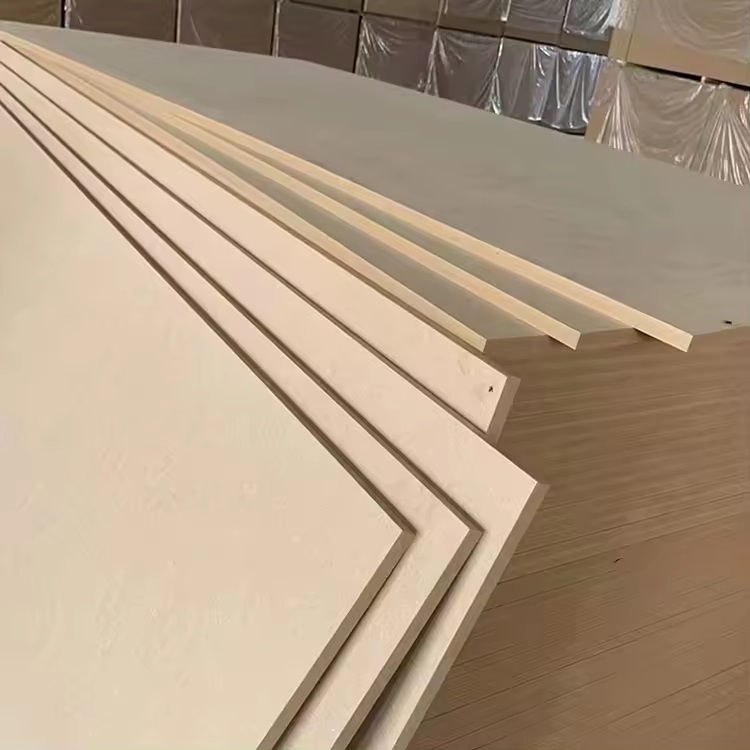
It is very similar to the production process of particle board, except that particle board is made by beating wood into shavings, and fiberboard is made by grinding wood into powder.
When high-pressure spray glue is used to press fiberboard, the density of the pressed board is different when more force is used or less force is used, so fiberboard is also called “density board”.
The quality of low-density board is too poor
High-density board is too heavy and too expensive
Only medium-density board (MDF) is the most suitable
Performance & Use
The biggest disadvantage is that it is not moisture-proof and will bulge and deform when it sees water vapor.
It is not suitable for use in places that are prone to moisture, such as bathrooms. Especially in the south, special attention should be paid to the return of the south.
The load-bearing capacity is poor and cannot be used as a cabinet body.
It is only suitable for cabinet doors, or used in non-load-bearing places, such as the back of a cabinet.
The surface of fiberboard is smooth, which is particularly suitable for secondary processing. Painting or pasting patterns is not a problem. If you like fancy styles, you can make cabinet door carvings.
3. Particleboard (particleboard/solid wood particleboard)
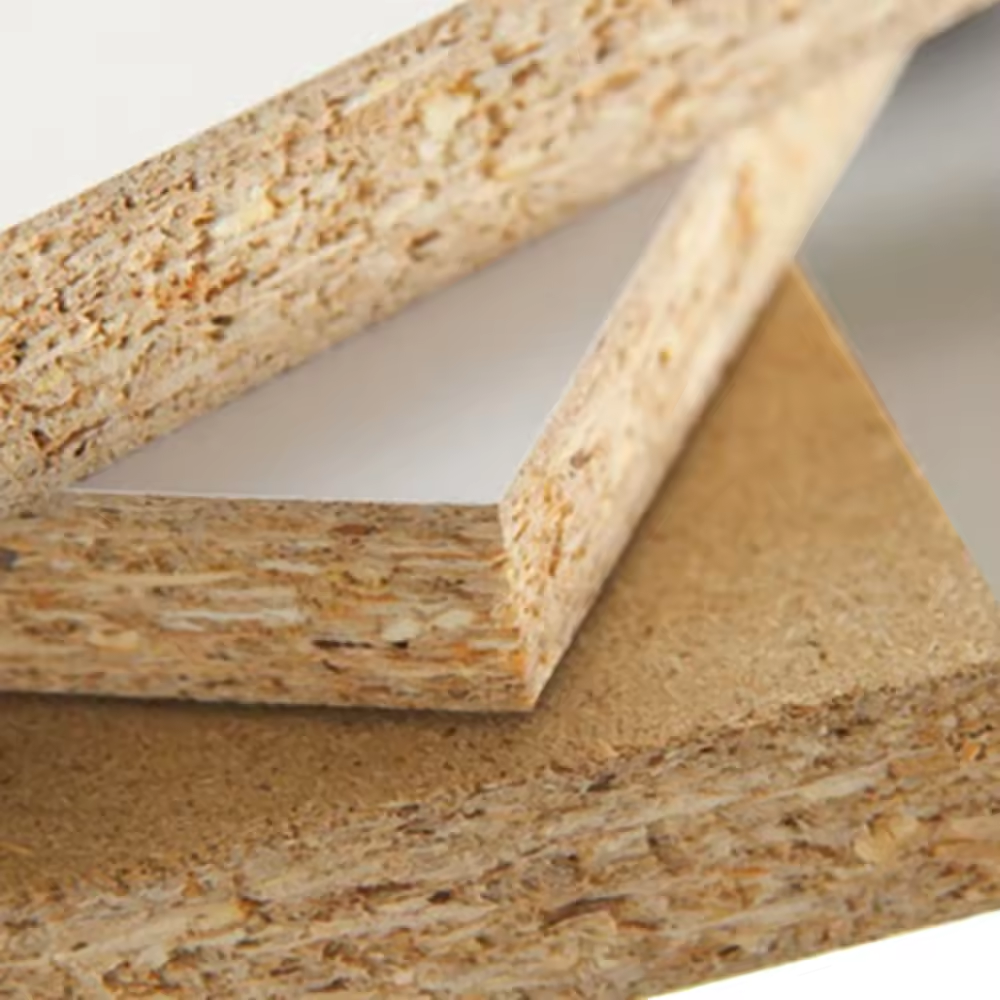
Planing tree trunks, branches, branches, turf, straw and other materials into pieces, and pressing them into porcelain-solid boards through high-pressure spraying.
Solid wood particleboard is a particleboard with slightly better quality. The shavings are made of wood, and there are no scraps such as turf and straw.
The best quality solid wood particleboard, shavings should not only use wood, but also the best wood from the trunk, not even branches and twigs
Particleboard is the most used board on the market.
Because the miscellaneous brand particleboard uses miscellaneous wood mixed with grass residue, the cost is low, and any small factory can produce it.
When buying particleboard, you must choose a big brand, the board itself can be better, and the edge sealing can also be better (edge sealing prevents formaldehyde diffusion and moisture-proof).
Performance & Use
Good load-bearing, not easy to deform, and relatively balanced performance.
Suitable for load-bearing cabinets and doors of furniture, it is the main board recommended by major custom furniture brands.
In terms of moisture resistance, particleboard and plywood are similar and can both be used in kitchen cabinets.

